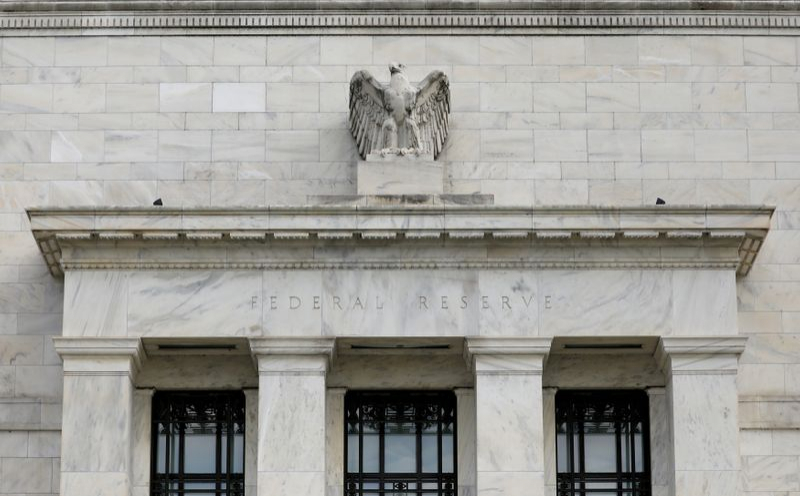Fed policy makers, like lawmakers, split on need for more fiscal aid By Reuters

By Ann Saphir
(Reuters) – As the White House and Congressional Democrats press for a $1.9 trillion pandemic relief package that many Republicans say is more than what the country needs or can afford, Federal Reserve policymakers are also split on the issue.
“We are still in the teeth of this pandemic – and we are not out of the woods yet,” Dallas Fed President Robert Kaplan told the Chicago Council on Global Affairs in an online event Monday.
He forecast, as vaccines get rolled out and more businesses can reopen, the U.S. economy will likely grow about 5% this year, enough to push unemployment down to 4.5%, from 6.7% in December.
That forecast, he said, assumes no further fiscal relief, except what may be needed to ensure there’s enough money to vaccinate people and reopen schools, and for the unemployed to make ends meet – an amount he didn’t quantify.
Minneapolis Federal Reserve Bank President Neel Kashkari, among the central bank’s most dovish policymakers, had a more expansive view of fiscal relief, likening it to “wartime spending” and noting that the government has plenty of capacity for issuing debt to pay for it.
Kashkari also suggested he supports stimulus checks, a key part of President Joe Biden’s proposal opposed by Republican critics who contend that many who get the checks may not actually need them. Biden’s $1400 payments would come on top of the $600 checks in the package Congress passed in December, and the $1200 checks included in the first round of pandemic relief.
“It’s very hard to design a government program for the whole U.S. economy that is effectively targeted that doesn’t leave lots of people out,” Kashkari told an online seminar held by Montana’s Bureau of Business and Economic Research. “The checks are like spraying water against the fire: sometimes you just need water.”
RECESSION FAR FROM OVER
The United States has been devastated by COVID-19, with more than 26 million Americans infected so far, and more than 441,000 dying in total.
Despite strength in the housing sector and some other segments of the economy, the recession is far from over. Some 18 million Americans are drawing on some form of unemployment insurance, many in hard-hit service industries like restaurants, travel and hotels.
Congress and the White House, not the Fed, will decide how much stimulus will be rolled out, but what is actually necessary remains a matter of heated debate.
West Virginia Governor Jim Justice, a Republican, said he supports more fiscal relief. “If we actually throw away some money right now, so what,” he told CNN Monday.
West Virginia Senator Joe Manchin, a Democrat, has said relief should be targeted to those who need it.
Atlanta Fed President Raphael Bostic summed up the general confusion Monday.
“It is hard for me to say exactly what the right number is. There is so much uncertainty going on right now,” Bostic told CNBC. “What I am looking at right now…is what is happening over the next six months, 12 months, and trying to get a sense of where businesses are, get a sense of how families are weathering the storm…and what we’ll look like in the summer time when I am hopeful that so much of the vaccine will be through the population.”
The White House continued Monday to press for the $1.9 trillion package.
“The risk is not that it is too big, this package, the risk is that it is too small,” Jen Psaki, White House Press Secretary, said on Monday ahead of Biden’s meeting with 10 Republican Senators proposing a $618 billion relief package. “That remains his view and it’s one he’ll certainly express today.”

